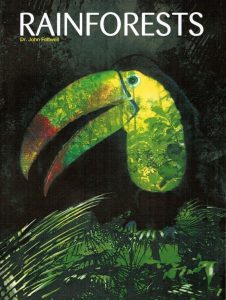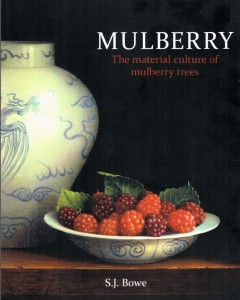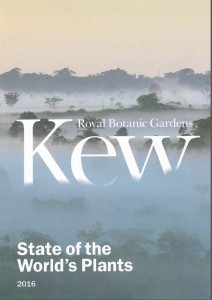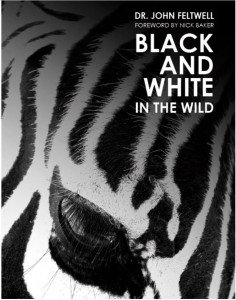National Planning Policy Framework (NPPF) July 2018. Ministry of Housing, Communities and Local Government. 73pp. ISBN. 978-1-4098-5302-2
The revised NPPF came out at the end of July 2018 without a lot of fanfare. It was not like the March 2012 NPPF which replaced no less than 44 PPGs and PPSs (inc the important PPS9), Circulars and Letters. There is a new section on ‘Habitats and biodiversity’ to ‘protect and enhance biodiversity’ and to ‘safeguard components of local wildlife-rich habitats and wider ecological networks’ (para 174 a) ‘promote the conservation, restoration and enhancement of priority habitats’ (para 174 b). It still refers to Circular 06/2005 on further guidance on biodiversity. It recognises the importance of ‘international, national and locally designated sites’. Guidance to LPAs is as follows: refuse applications that cause significant harm that cannot be compensated for, or relocated (para 175 a), refuse any developments where there is any loss of irreplaceable habitats such as ancient woodlands and ancient or veteran trees unless a suitable compensation strategy exists, or under ‘wholly exceptional reasons’ (para 175 c). Para 175 d) usefully states that ‘opportunities to incorporate biodiversity improvements in and around developments should be encouraged, especially where this can secure measurable net gains for biodiversity.’ This new NPPF has a valuable Glossary, but says, confusingly that ‘All ancient trees are veteran trees. Not all veteran trees are old enough to be ancient, but are old relative to other trees of the same species.’ (page 64). On Green Belt land the NPPF states that LPA should give ‘substantial weight. .to any harm to the Green Belt..’ but by way of exceptions, that it will continue to permit ‘limited infilling in villages’ (para 145 e), and ‘limited affordable housing’ (para 145 e) f). This new NPPF continues to recommend planning for climate change (Section 14) and to have a ‘proactive approach’ to mitigating effects, including biodiversity. In its Section 15 Conserving and enhancing the nature of the environment, it has the following suggestions: ‘protecting and enhancing valued landscapes’ (para 170a), ‘recognising the intrinsic character and beauty of the countryside… the natural capital and ecosystem services’ (para 170 b), ‘remediating and mitigating despoiled, degraded, derelict, contaminated and unstable land, where appropriate’ (para 170 f). This new NPPF pursues presumption in favour of development in a more vigorous way, for instance it should be pursued in a ‘positive’ way (Section 2, paras 10, 11) which is ‘at the heart of the Framework’, its goes into great length about how it should be interpreted with regard to local plans, neighbourhood plans, protected sites and delivery tests. This also includes AONB, which are further mentioned under para 172 with regard to ‘Great weight should be given to conserving and enhancing landscape’. Regarding sustainable development it is clear under para 177 that ‘The presumption in favour of sustainable development does not apply where development requiring appropriate assessment because of its potential impact on a habitats site is being planned or determined’ so that will stymie all development near EU sites (SPA, SAC, Ramsars, WHS). Overall this new NPPF offers more clarification for development especially on biodiversity and sustainability.









